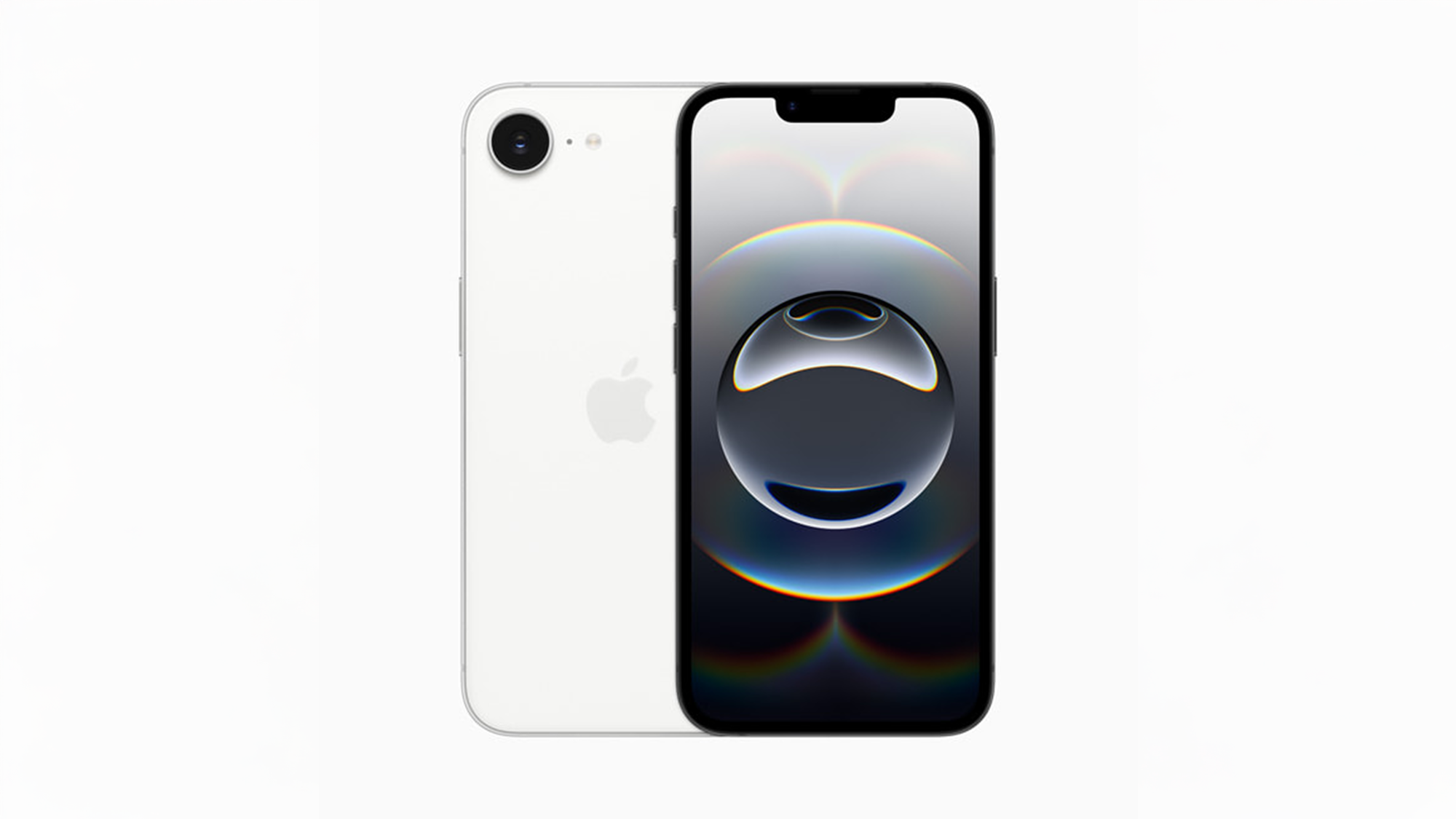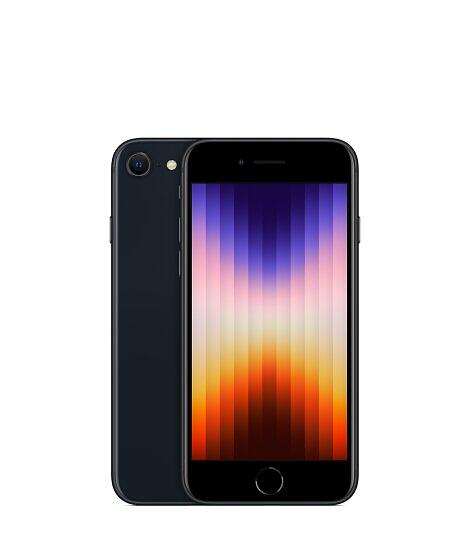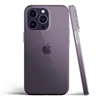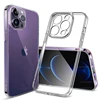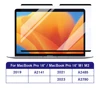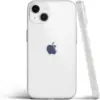Apple has retired its entry-level iPhone SE after five years of service, replacing it with an entirely new model, the iPhone 16e, which boasts a bigger screen, a faster chip, better camera, but a rather large price hike. So, is the new device worth the extra money, or should you stick with your smaller iPhone for a little longer?
For more advice about which iPhone to buy take a look at our iPhone comparison chart where we compare every iPhone, or read our iPhone buying guide. We also compare the iPhone 16e vs iPhone 16 and the iPhone 16e with the iPhone 15 to see if it’s worth saving money or spending more.
iPhone 16e vs iPhone SE (2022): Tech specs
Here’s a breakdown of the technical specifications of both devices:
| iPhone 16e | iPhone SE (2022) | |
| Display | 6.1-inch Super Retina XDR OLED display, 2532×1170‑pixel resolution at 460 ppi, 2,000,000:1 contrast ratio, HDR, True Tone, Wide color (P3), Haptic Touch, 800 nits maximum brightness (typical) or 1,200 nits of HDR peak brightness | 4.7-inch Retina HD LCD IPS display, 1334×750-pixel resolution, 326ppi, 1400:1 contrast ratio, True Tone, Wide color (P3), Haptic Touch, 625 nits maximum brightness |
| Chassis | Aluminium with glass back | Aluminium with glass back |
| Controls | Action button, Volume buttons, Power button | Home button, Volume buttons, Mute Switch |
| Processor | A18 chip (6-core CPU, 4-core GPU, 16-core Neural Engine) | A15 Bionic (6-core CPU, 4-core GPU, 16-core Neural Engine) |
| Rear Cameras | 2‑in‑1 camera system (48MP Fusion) | 12Mp f/1.8 |
| Apple Intelligence | Yes | No |
| Video Recording | 4K Dolby Vision video recording at 24 fps, 25 fps, 30 fps or 60 fps | 4K video recording at 24 fps, 25 fps, 30 fps or 60fps |
| Front Camera | TrueDepth front camera | TrueDepth front camera |
| Authentication | Face ID | Touch ID |
| Cellular | 5G Superfast 5G cellular | 5G |
| Water Resistance | IP68 | IP67 |
| Battery | Up to 26 hours video playback | Up to 15 hours video playback |
| Connectivity | USB-C | Lightning |
| MagSafe/Wireless Charging | Qi wireless charging up to 7.5W | Qi wireless charging up to 7.5w |
| Other Features | Emergency SOS via satellite, Crash Detection | Emergency SOS |
| SIM Card | Dual SIM (two active eSIMs, or nano-SIM and eSIM) | Dual SIM (two active eSIMs, or nano-SIM and eSIM) |
| Available colours | Black, White | Midnight, Starlight, (PRODUCT) Red |
| Capacity | 128GB, 256GB, 512GB | 64GB, 128GB, 256GB |
| Size and Weight | 146.7mm (5.78-inch) x 71.5mm (2.82-inch) x 7.8mm (0.31-inch); 167g | 138.4mm (5.45-inches), 67.3mm (2.65-inches), 7.3mm (0.29-inches); 144g (5.09 ounces) |
iPhone 16e vs iPhone SE: Design
It’s fair to say that the iPhone SE has become something of an anachronism in the smartphone market. Sporting one of the smallest screens available (4.7-inch), it still manages to look a bit bulky due to the comparatively enormous top and bottom bezels. The lower one is to support the physical Home button, the last iPhone to have one, along with a Lightning port, Touch ID, and a mute switch. If you want any of these features, you’ll need to keep your iPhone SE.
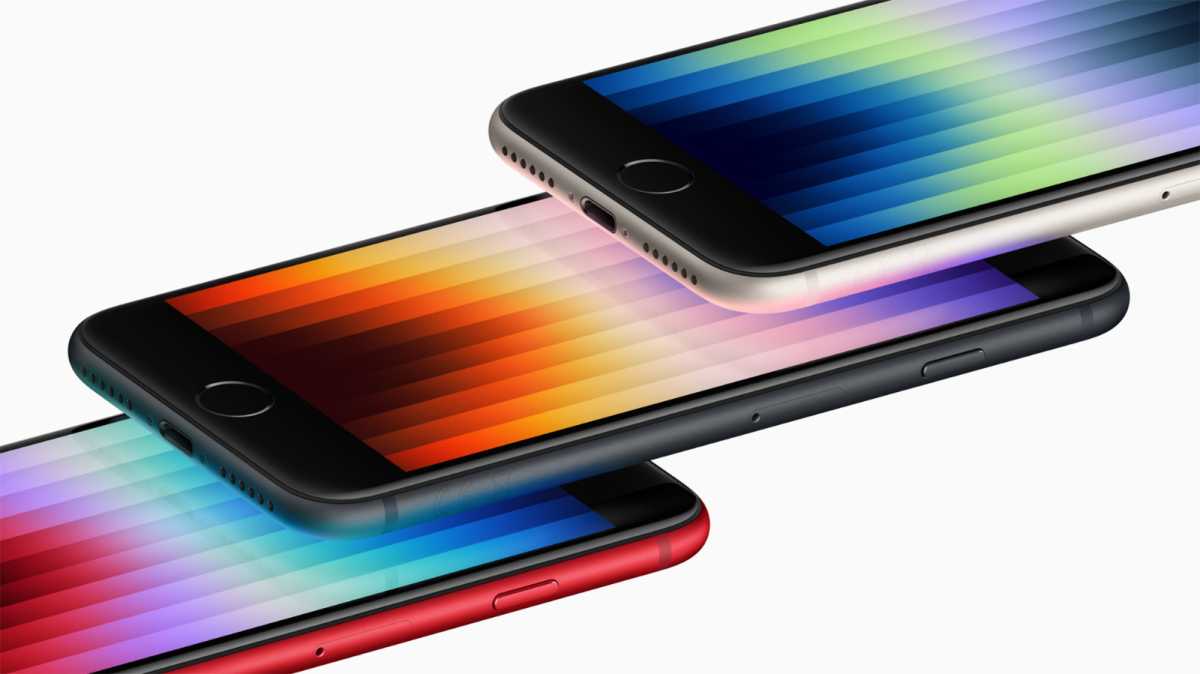
Apple
The iPhone 16e isn’t based on the iPhone 6, but it’s not based on the iPhone 16 either. It’s something of a hybrid of old and new parts and is more in line with the design change Apple introduced with the iPhone 12. The curved edges of the SE are gone and replaced with flatter, squared-off sides that offer a bit more grip.
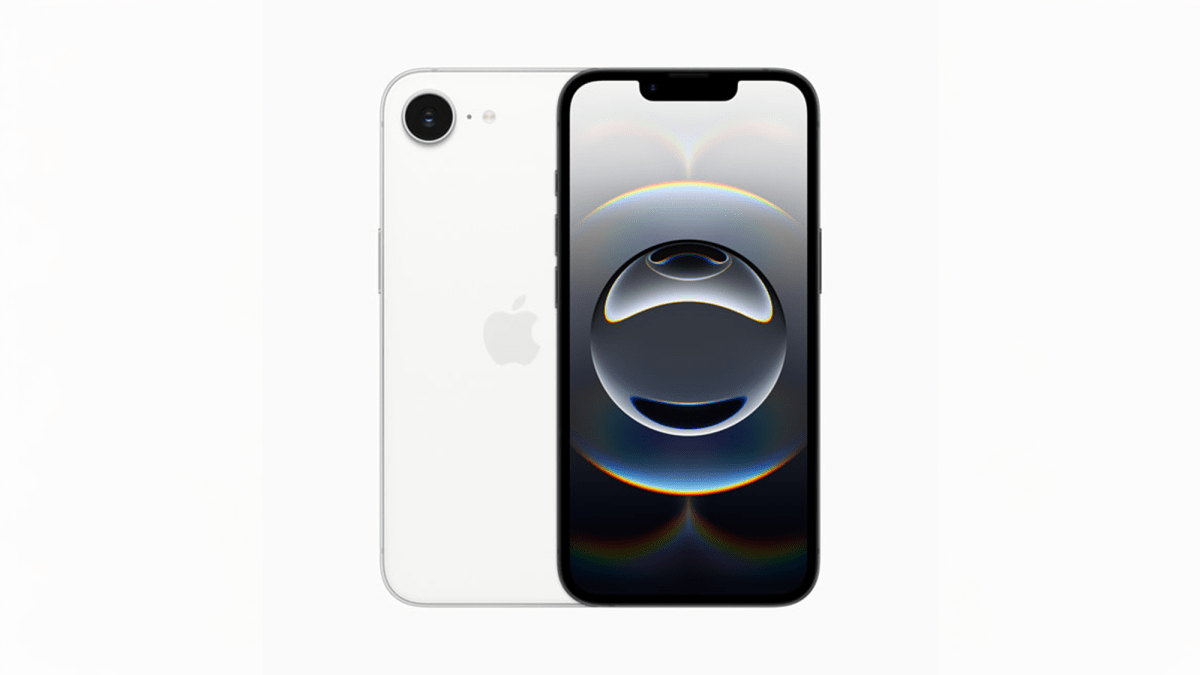
Apple
The iPhone 16e has a larger body compared to the SE, all to accommodate the 6.1-inch display. As such it’s also a little heavier. Here’s how the two devices compare in terms of size and weight:
- iPhone SE: 138.4mm (5.45-inches), 67.3mm (2.65-inches), 7.3mm (0.29-inches); 144g (5.09 ounces)
- iPhone 16e: 146.7mm (5.78-inches), 71.5mm (2.82-inches), 7.8mm (0.31-inches); 167g (5.88 ounces)
Like the past two generations, the iPhone 16e drops the Lightning connector and moves to the move universal USB-C. There’s an extra button on the side that takes the spot of the mute switch: a customizable Action button that can instantly launch the camera, turn on the flashlight, silence the ringer, or do any number of other tasks. On the back, you’ll find a single camera lens.
Waterproofing gets an upgrade too, as the newer device features an IP68 rating compared to the SE’s IP67 rating.
Finally, the 16e is available in black and white, while the SE was available in (Product) RED, Starlight, and Midnight.
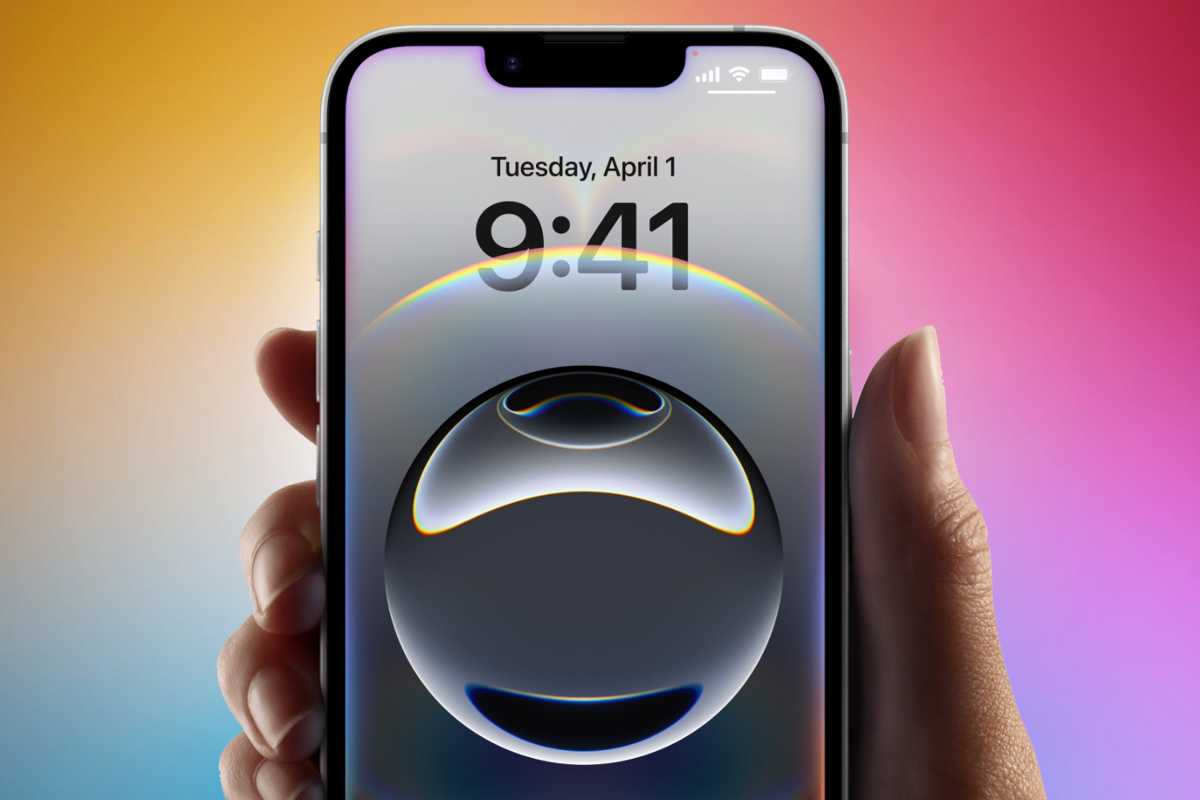
Foundry
iPhone 16e vs iPhone SE: Display
The most obvious change with the 16e is a larger 6.1-inch screen that’s been standard on most iPhones for the past few years. Unlike the rest of the iPhone 16 line, you won’t get a Dynamic Island; rather there’s a notch at the top of the screen to accommodate the front camera, receiver, and Face ID sensors. The screen has also been upgraded to OLED over LCD, which will deliver crisper images and richer colors with deeper blacks.
The new display is also brighter, with the maximum (typical) illumination reaching 800 nits, which bests the 625 nits of the SE. If you’re watching HDR content, peak brightness on the 16e tops out at 1,200 nits. (The iPhone SE doesn’t support HDR.) As expected, the overall resolution is higher as well, with the 16e offering 2,532 x 1,170 (460ppi) and the SE coming in at a lower 1,334 x 750 (326ppi).
iPhone 16e vs iPhone SE: Processor and specs
The iPhone SE had the newest A15 Bionic chip when it launched in 2022, and the same is true of the iPhone 16e, which has Apple’s latest A18 processor. It’s slightly modified as compared to the iPhone 16, with a 6-core CPU (2 performance and 4 efficiency cores) and a 4-core GPU (versus 5 on the iPhone 16), but the A18 is still a fantastic chip.
With 8GB of RAM onboard board, the A18 also opens up Apple Intelligence, the AI tools that come in iOS 18, which isn’t available on the SE. With this in mind, the 16e is a more future-proof option, with guaranteed updates for years to come and you won’t be missing out on the features Apple shouts loudest about.
Storage options have changed as well, with Apple starting at 128GB on the 16e with 256GB and 512GB options. Apple charged an extra $50 for 128GB with the iPhone SE, so you’re getting a little extra value with the 16e.
Also new on the iPhone 16e is the C1, Apple’s first in-house 5G modem. On paper, the new phone supports the same wireless connectivity as the SE (4G/LTE and sub-6Ghz 5G), but Apple says the new modem is more efficient and helps in areas with spotty service.
iPhone 16e vs iPhone SE: Camera
In keeping with the entry-level offerings of the past, Apple’s iPhone 16e still has a single camera lens on the back. But it’s much improved over the 12Mp f/1.8 module in the SE. The iPhone 16e has a 48MP f/1.6 Fusion camera, matching the main camera in the iPhone 16. Apple calls it a 2-in-1 camera system, which means it will crop the 48Mp image to 24Mp to gain a 2x telephoto image.
You also get the addition of a Night Mode, Smart HDR 5, digital zoom up to 10x, and Apple’s photonic engine for better computational processing.
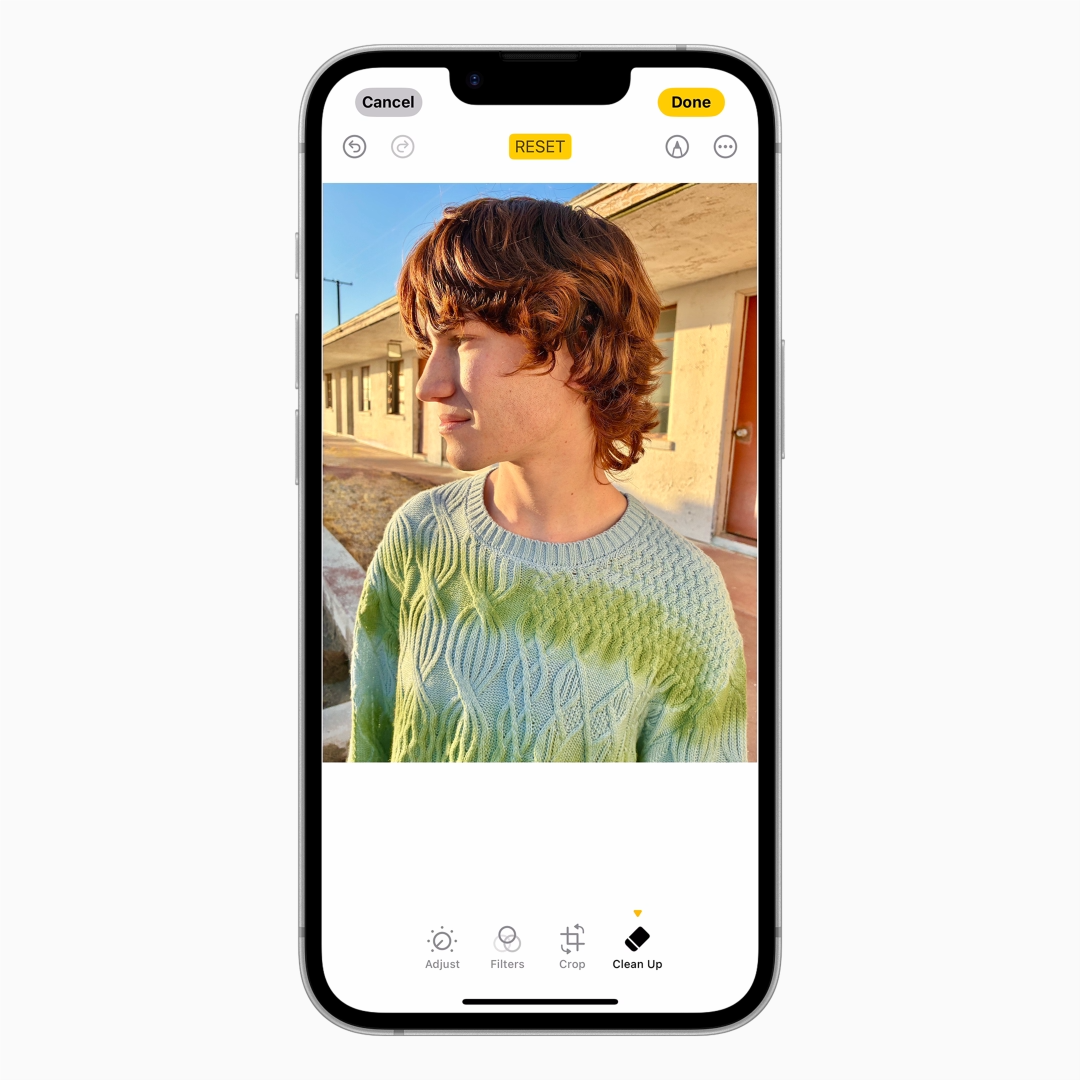
Apple
Other than that, the cameras share a lot of features – 4K/60fps video (although the 16e has support for Dolby Vision), Slo-mo video in 1080p/240fps, Time-lapse, optical image stabilization, True Tone flash, Deep Fusion, and various portrait and photography modes. In short, you’re getting an excellent everyday camera even if it just has a single lens.
The front camera also gets an upgrade, with the 7MP, f/2.2 sensor in the SE replaced with a 12MP, f/1.9 one in the 16e. The update also brings extra software processing and 4K video, as well as Night Mode and support for Animoji and Memoji. If you take a lot of selfies, then the 16e will certainly feel like an improvement.
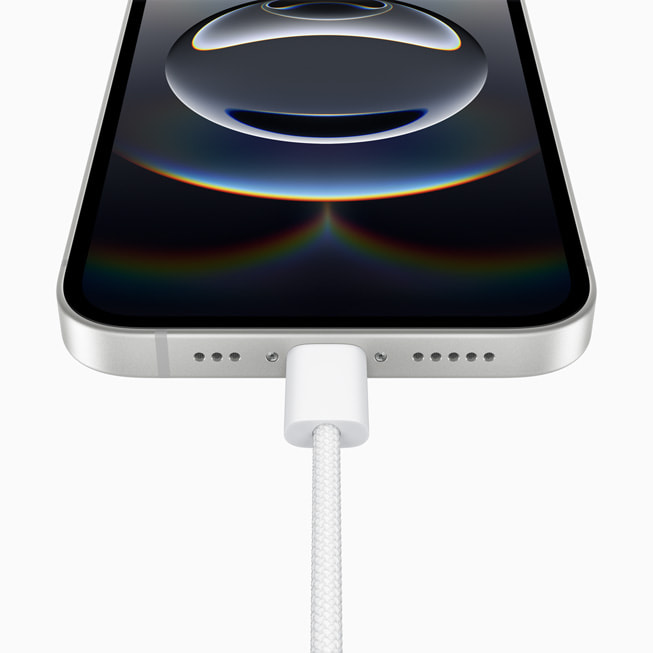
Apple
iPhone 16e vs iPhone SE (2022): Battery and charging
One of the most important differences between the two devices comes in the battery department. With a smaller body and older tech, the iPhone SE struck a difficult balance between performance and battery life. It’s not bad, but if you use it often throughout the day, you’ll need a quick charge at some point.
The 16e is quite the opposite. By combining a larger battery with the efficiencies in the A18 chip and the C1 modem, the iPhone 16e boasts a 26-hour battery life, the longest over for a 6.1-inch iPhone. By comparison, Apple claimed the iPhone SE lasted for up to 15 hours.
Charing times are comparable, with support for fast charging up to 50 percent in around 30 minutes when using a 20W charger. Apple supplies a charging cable in the box, which is USB-C-to-USB-C now that Lightning is gone. Qi wireless is also available on both, though Apple didn’t include MagSafe charging on the iPhone 16e.
iPhone 16e vs iPhone SE (2022): Apple Intelligence and software support
As of the iPhone 16e launch, both models were running iOS 18.3.1 and the iPhone SE will likely get iOS 19 in the fall. The iPhone SE should also receive iOS 20 in 2026 and iOS 21 in 2027 if Apple continues with its impressive record of supporting older devices for up to six years. See: How long does Apple support iPhones.
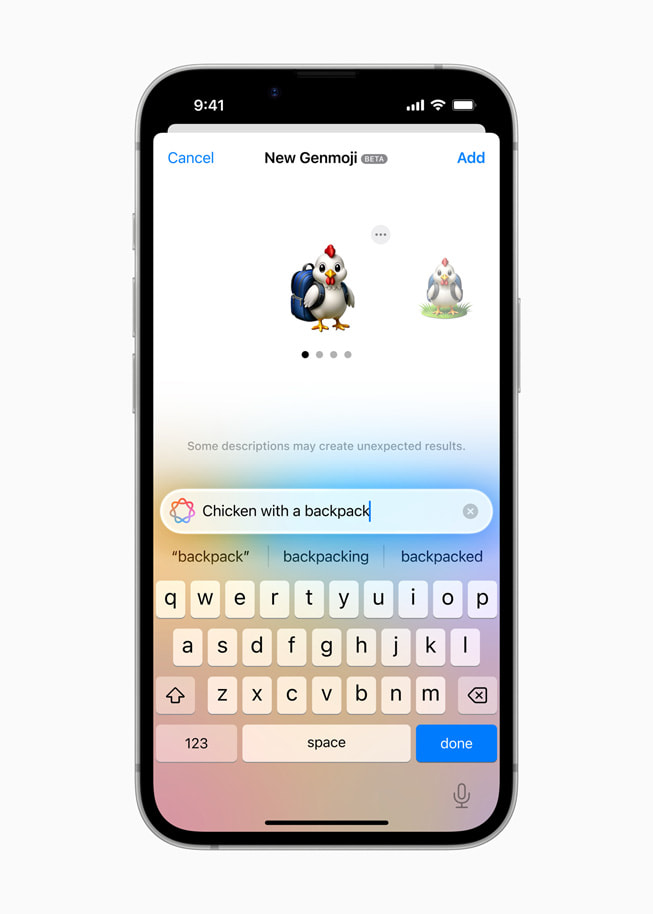
Apple
However, some features already don’t won’t work on the SE. The main is Apple Intelligence, Apple’s suites of AI features, which requires an A18 processor and 8GB of RAM. Apple is rolliong out features throughout 2025 and will no doubt add even more Apple Intelligence features in iOS 19, so if features like Genmoji, writing tools, ChatGPT, and the new, improved Siri interest you, you have to upgrade to the 16e. There will also surely be other features that aren’t supported by the iPhone SE 3 over the next couple of years, while the 16e is guaranteed to support the full slate of features for years to come.
iPhone 16e vs iPhone: Price
With the launch of the iPhone 16e, Apple has discontinued the $429/£429 slot occupied by the iPhone SE. As of now, the iPhone 16e is the cheapest iPhone you can buy, starting at $599/£599 and available in the following configurations:
- iPhone 16e 128GB: $599/£599
- iPhone 16e 256GB: $699/£699
- iPhone 16e 512GB: $899/£899
It should be noted that the iPhone SE had just 64GB of storage, so an apples-to-apples comparison is actually $479 vs $599. The $599 price is where the iPhone 14 sat in the line up before Apple discontinued that iPhone. See: iPhone 14 vs iPhone 16e.
We also share: Where to get the best iPhone 16, Plus, Pro, and Pro Max deals in the U.S. and Where to get the best iPhone 16, Plus, Pro, and Pro Max deals in the U.K.
Should you buy the iPhone 16e?
If you love having a small iPhone, then you don’t have many choices beyond the 6.1-inch iPhone 16e. So, holding onto your iPhone SE is the best options.
The increase in price for the 16e also makes it feel as though it’s aimed at a different market than its predecessor. The 16e is bigger and more expensive, but doesn’t quite offer the full experience of an iPhone 16. There’s no argument that it’s a superior device to the iPhone SE, with a larger display, faster performance, vastly improved battery life, and a better camers, it’s also a very different phone, which might not be what those looking for a 2025 version of the iPhone SE are looking for. But if you’re ready for a major change and to venture beyond the Home button, the iPhone 16e is a great phone, even if it’s no longer a great bargain.

